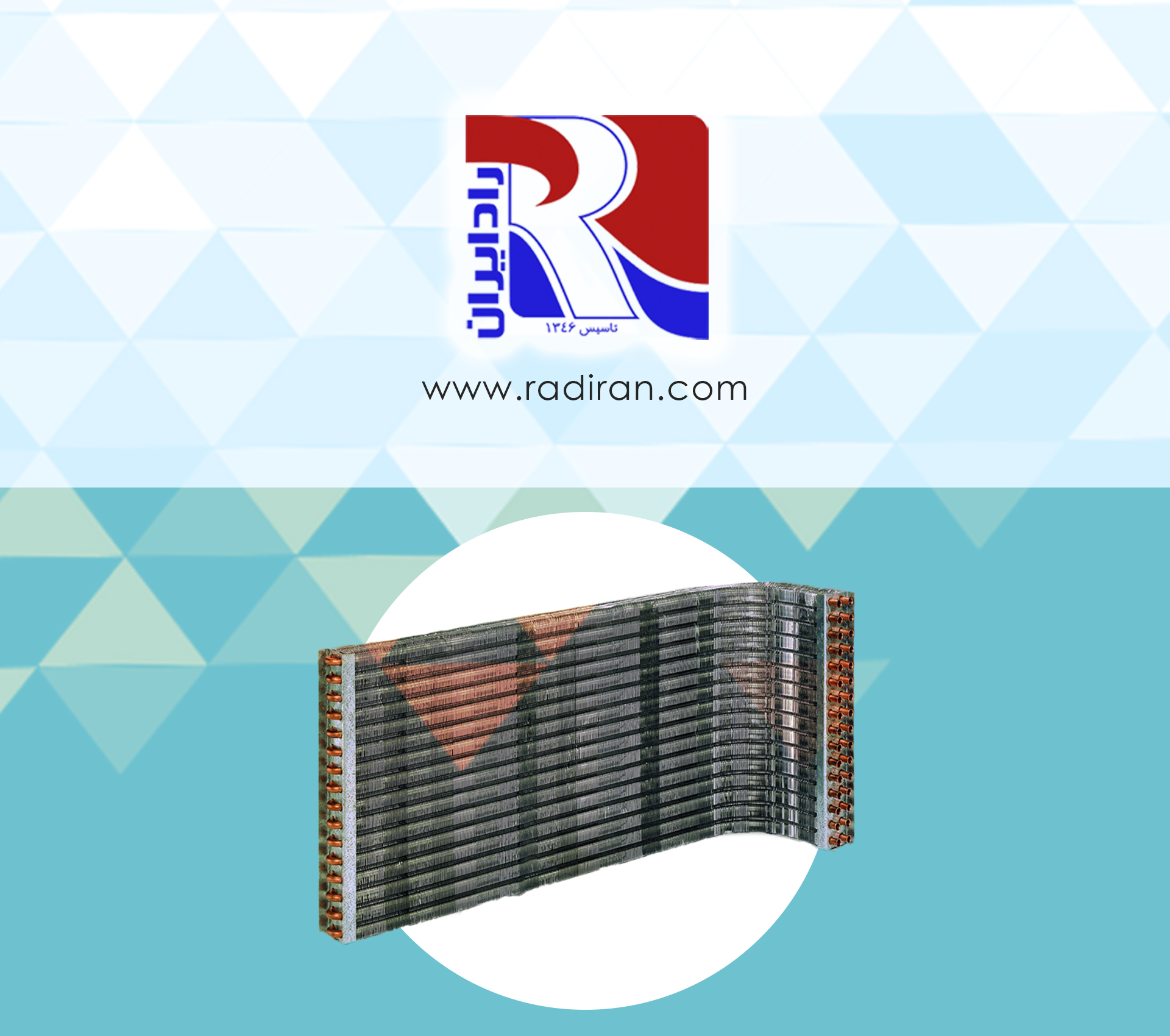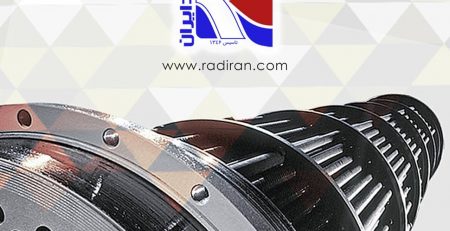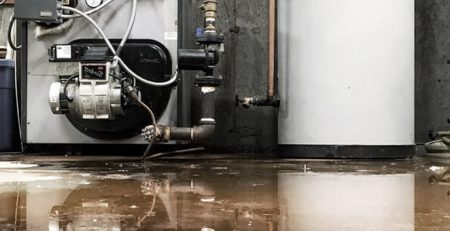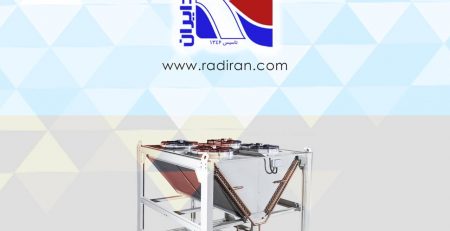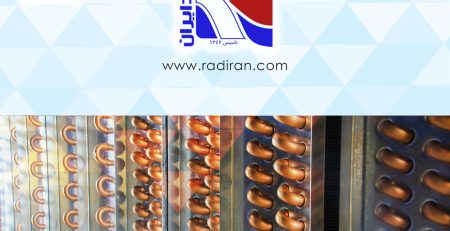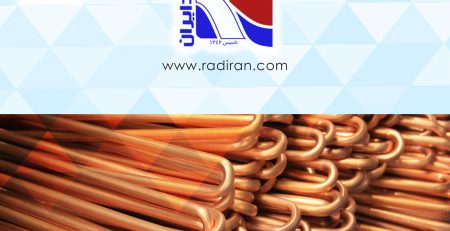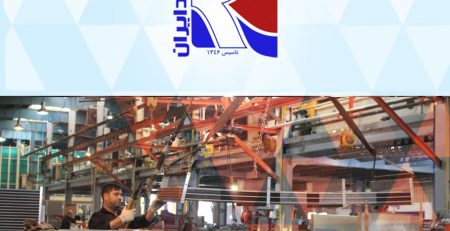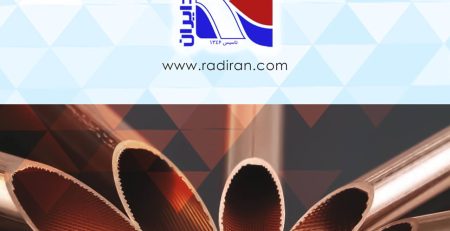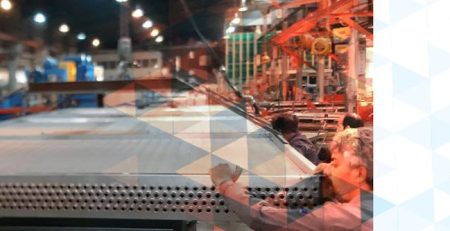Optimization of Refrigeration Cycle by Enhancing Condenser Performance in the Design and Construction of Coil Fin and Tube Condensers
Introduction
The condenser is a critical component in the refrigeration cycle, playing a vital role in heat exchange between the refrigerant fluid and the ambient environment. Optimizing condenser performance directly leads to increased system efficiency, reduced energy consumption, and extended equipment life. Particularly for coil fin and tube condensers—widely used in various industries due to their extensive surface area and effective heat transfer characteristics—improving design and operation is paramount. This article examines the key factors and methods affecting condenser performance and presents practical engineering insights into their design and manufacturing.
- Importance of Geometrical Design
The first step in enhancing condenser performance lies in selecting the appropriate geometry and dimensions. Tube diameter, tube thickness, and fin surface area significantly influence heat transfer rates. Increasing the heat exchange surface area through fin optimization and selecting suitable materials enhances the heat transfer coefficient. Utilizing fins with a high specific surface area, optimizing tube spacing, and choosing appropriate tube diameters help reduce pressure drop and improve system efficiency. - Materials and Coatings
Material selection is crucial for thermal conductivity and corrosion resistance. Copper and aluminum are commonly used for tubes and fins due to their high thermal conductivities; each offers specific advantages and disadvantages. Additionally, applying anti-corrosion coatings or nanostructured surfaces with hydrophilic or hydrophobic properties can improve condenser longevity and heat transfer performance under various environmental conditions. - Airflow Optimization
In air-cooled condensers, airflow over the fin surfaces is a critical performance parameter. Selecting the right fan design, optimizing air velocity, and adjusting fin spacing can substantially improve heat transfer rates. Ensuring uniform air distribution over the condenser surface prevents hotspots and enhances overall efficiency. - Minimizing Refrigerant Pressure Drop
Pressure drop within the tubes directly impacts the refrigeration cycle efficiency. Designing flow channels, increasing the number of flow paths, optimizing tube diameter, and employing internal structures such as turbulators contribute to a lower pressure drop and better refrigerant flow. This results in improved heat transfer and reduced energy consumption. - Maintenance and Cleaning
Maintenance plays a vital role in sustaining condenser performance. Deposits and fouling on fins or inside tubes increase thermal resistance and degrade heat transfer capability. Designing condensers to facilitate easy and effective cleaning is essential from both technical and economic perspectives.
Conclusion
Optimizing condenser performance requires an integrated approach encompassing geometrical design, material selection, fluid and airflow optimization, and proper maintenance. Thoughtful design of coil fin and tube condensers considering these factors leads to improved system efficiency, lower energy use, and enhanced reliability. Engineers must evaluate specific operational conditions and manufacturing capabilities to choose the best solutions for sustainable, cost-effective refrigeration system performance.

